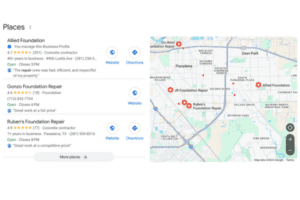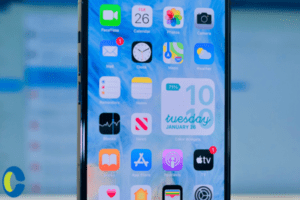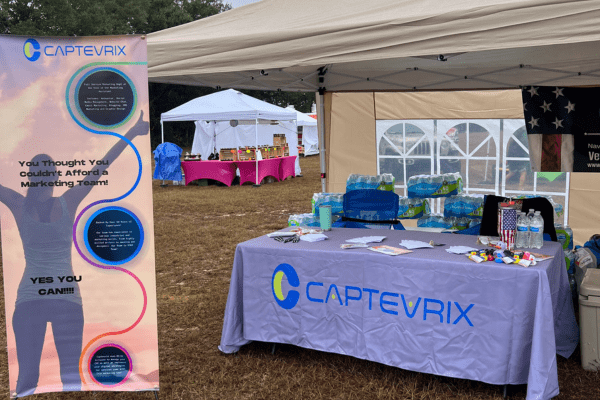When you’re marketing your SaaS company, forget (almost) everything you know about traditional marketing.
There are some significant differences between SaaS and traditional marketing. Not only is the purchasing process different for your customers, but you’re selling something that’s intangible. You’re selling something to a highly specific, statistically small market – you’re targeting specific B2B companies who need your particular product. Running a successful SaaS marketing campaign is possible, but it’s going to require you to approach your strategy much differently than you would for traditional products.
Let’s take a look at some of the unique aspects of SaaS marketing.
Focus on customer service & support
The acronym SaaS stands for “software as a service.” And as crazy as it might sound, developing incredible software is the easy part – at least as far as marketing is concerned.
Software isn’t a tangible product so it can be difficult to market. That’s why focusing on the service part of your SaaS business is crucial. Your support team is vital to the success of your business and should be the focus of your marketing strategy.
Having a stellar support team – which can include your helpdesk, social media support, and other resources – is what is going to convince your customers to buy your product and stay with your company.
Another aspect to featuring your support staff as a key element to your marketing strategy is making sure that your website has plenty of resources and information. This is important because not only does it establish you as a knowledgeable resource in your field, but it also gives your customers the tools they need to succeed right at their fingertips.
Give away your product
Yes, we do mean give away your product for free.
This is perhaps the starkest difference between SaaS and traditional marketing. In traditional marketing, you might give away a sample here and there, but you’d never simply hand out your entire product free of charge.
Yet free trials are the bread and butter for SaaS companies. Customers need to be able to use and see for themselves how the product works and see how it can positively affect their businesses for them to commit to becoming paid members.
Nearly every SaaS company has this feature – and there are plenty of ways to go about this. Some companies do a limited time free trial, others offer a bare-bones free version that customers can upgrade from to access full features, or require credit card information in order to access the free trial.
There aren’t a lot of limits to how you can go about doing your free trial. But there are several factors that you need to have in order for your trial to be effective:
- Make sure your customers are able to fully get a feel for your product and use it enough to see what it can do for their business
- Excellent on-boarding is crucial to both help your customer fully realize the benefit of your software and also to show off your excellent support team
- Make sure there are frequent reminders about the benefits that await them when they switch to your paid subscription
Giving away your product certainly flies in the face of traditional marketing techniques. But for SaaS marketing, it’s an imperative step that will be the difference between success and failure.
Retention is more important than acquisition
In SaaS businesses, retention is more important than acquisition. Sure, acquisition is still important. But your most profitable marketing dollars for SaaS companies will be spent on current customers.
Retention is where SaaS companies see the vast majority of their profits. Neil Patel writes an excellent article about the benefits and importance of focusing on customer retention with your SaaS company – and how to do so.
This means that for your marketing strategy, you’ll want to find ways to market to current customers and keep them updated on new developments in your company and show them the benefits of upgrading tiers of service, etc. Your marketing dollars spent on keeping your current customers will go much farther than marketing dollars spent on acquiring new customers.
As you can see, there are some fundamental differences between traditional and SaaS marketing. SaaS marketing requires unique techniques that probably don’t come intuitively to most marketers.
But at the end of the day, the most important things to remember about SaaS marketing are: your software and your service. Let your customers experience both and you’re well on your way to acquiring lifelong customers.















